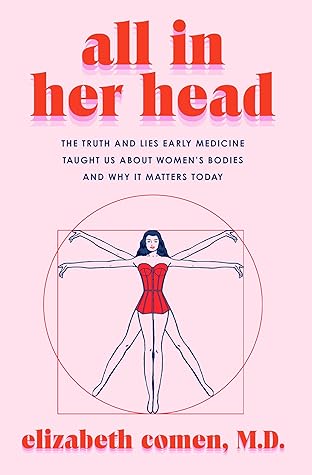More on this book
Community
Kindle Notes & Highlights
Read between
August 4 - August 20, 2024
In too many fields, the pathologies specific to women remain underfunded, under-researched, and frequently misdiagnosed.
The equation of female ugliness with the type of life-altering disfigurement that left former soldiers requiring surgery just to live normally only works in a world where a woman’s social value is inextricably tied to her physical appearance—and not only that, but to her sex appeal.
that breast implant surgeries trend larger when performed by men.
the beliefs that shaped the study of bones back in the 1800s are still embedded in the specialty today.
How athletic could a woman be before she didn’t count as a woman anymore?
In the 1920s and 1930s, officials would visually inspect any female competitor whose appearance aroused suspicions; in 1948, the IOC began to require that women prove their sex via a doctor’s note.
Women learn early and often that their bodily functions are embarrassing and should be kept hidden.
a young woman who was accused of witchcraft in 1602, was spared at trial after a physician named Edward Jorden testified that her symptoms—including “suffocation in the throate, croaking of Frogges, hissing of Snakes . . . frenzies, convulsions, hickcockes, laughing, singing, weeping, crying”—stemmed not from dabbling in the dark arts but from the effects of a displaced uterus.


